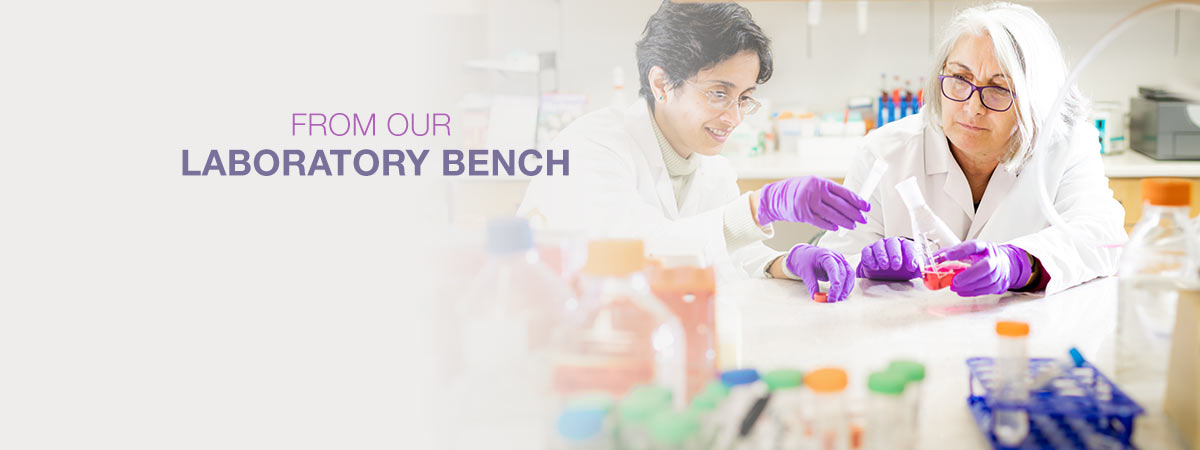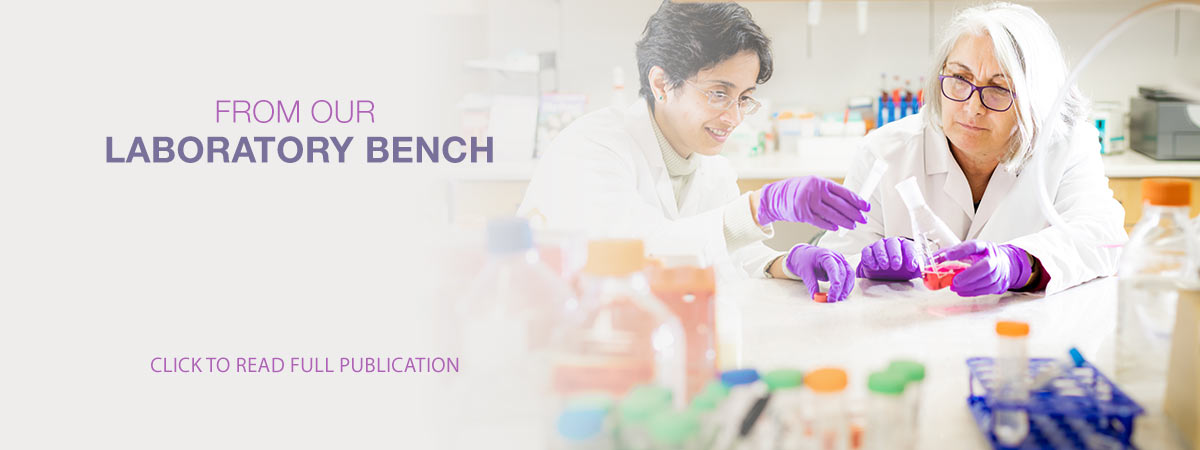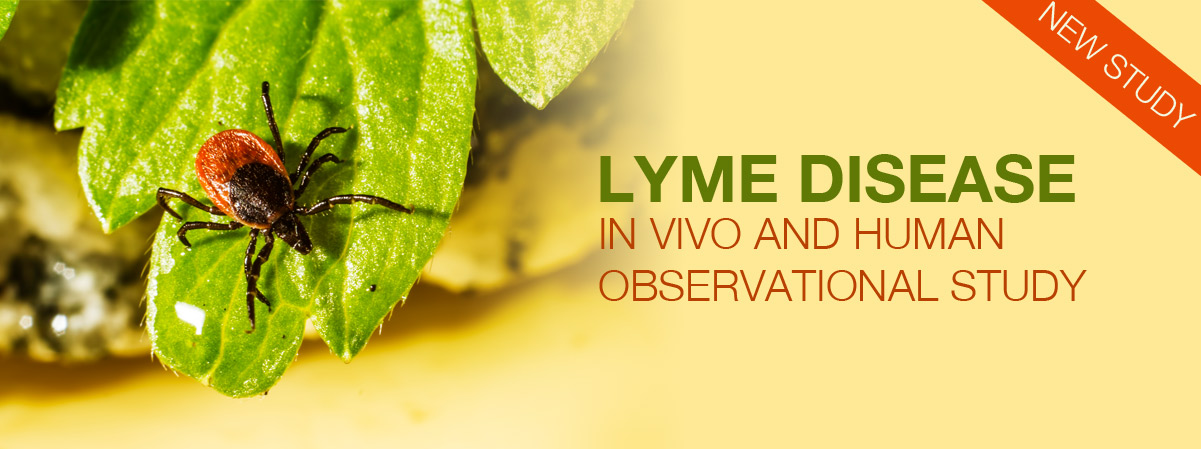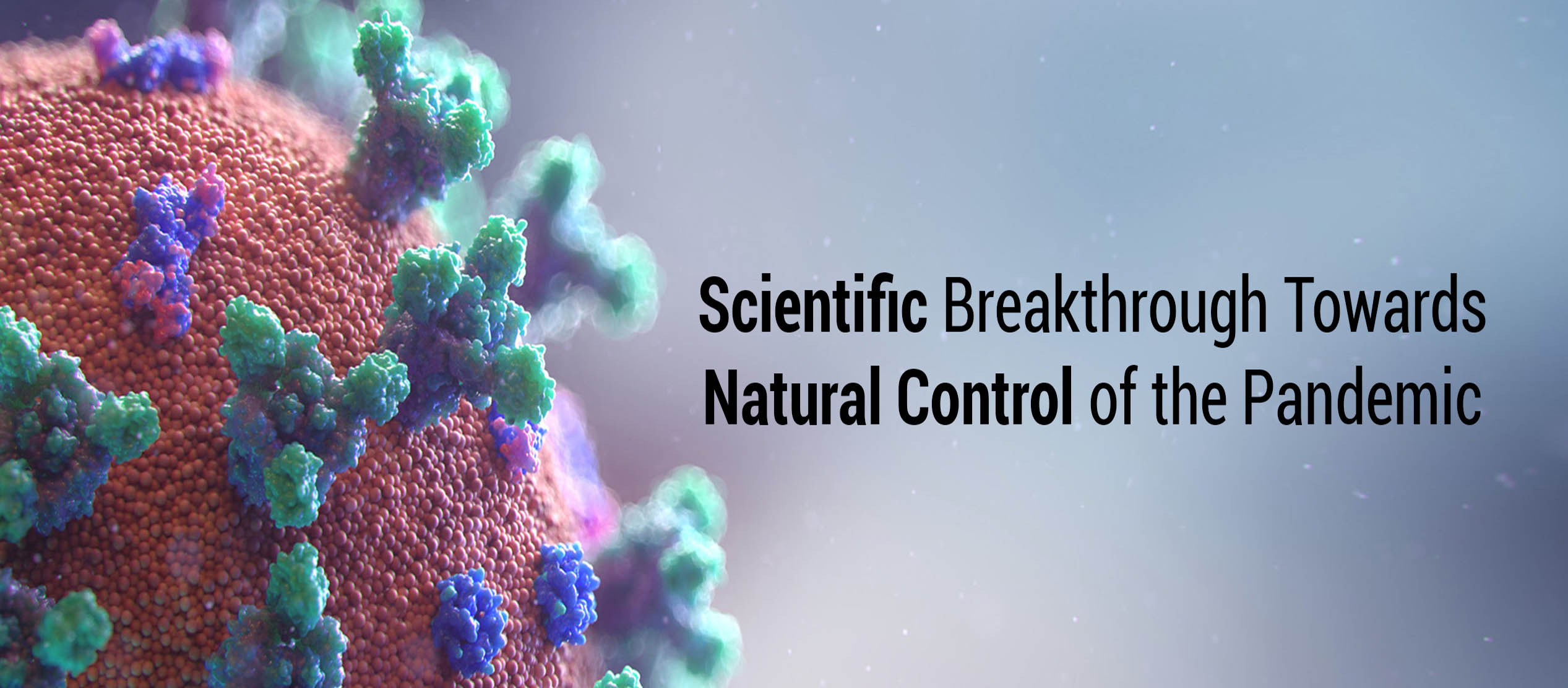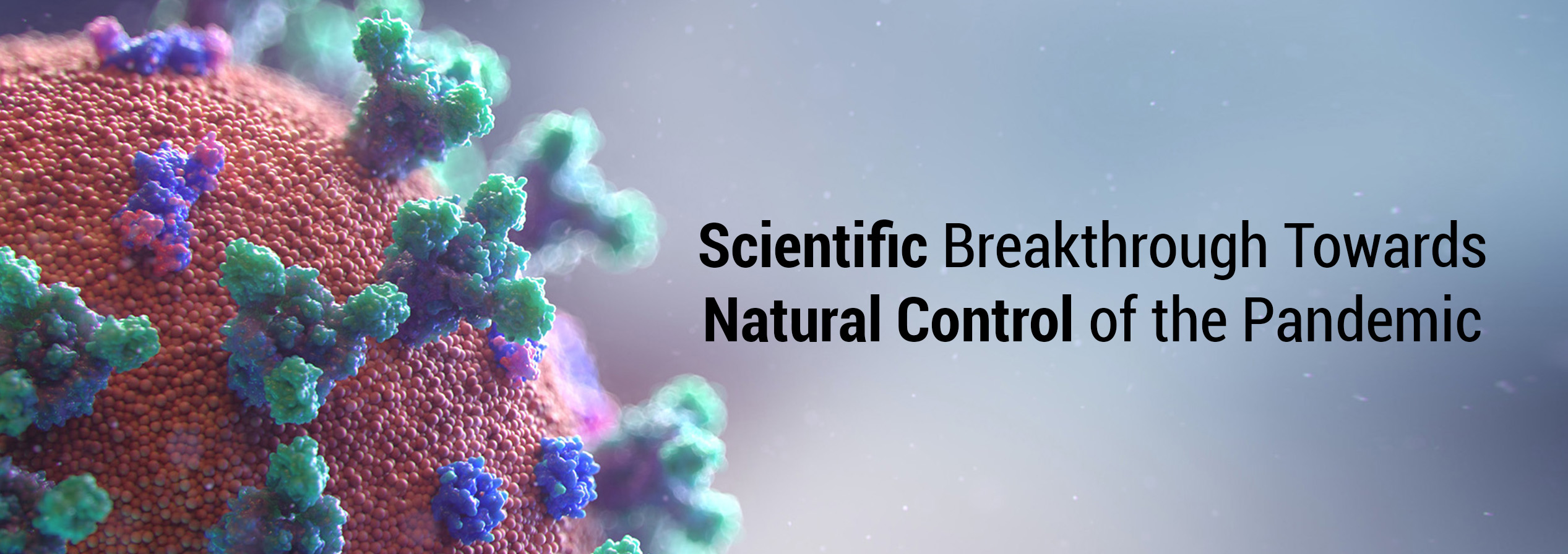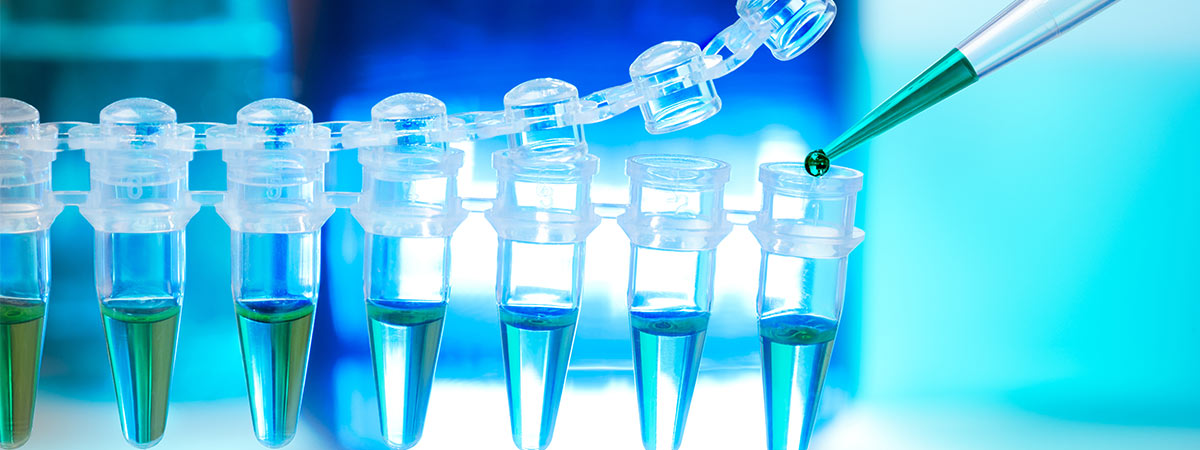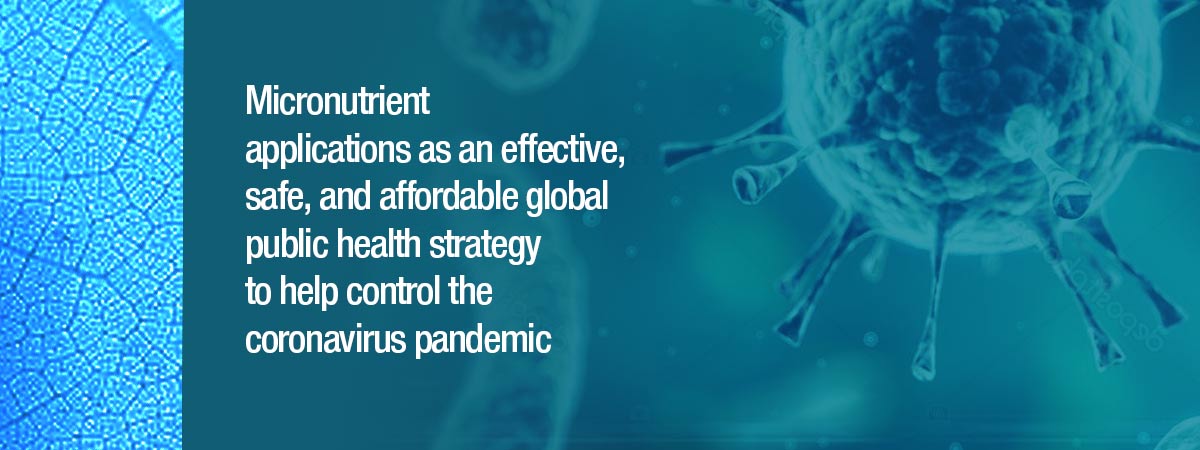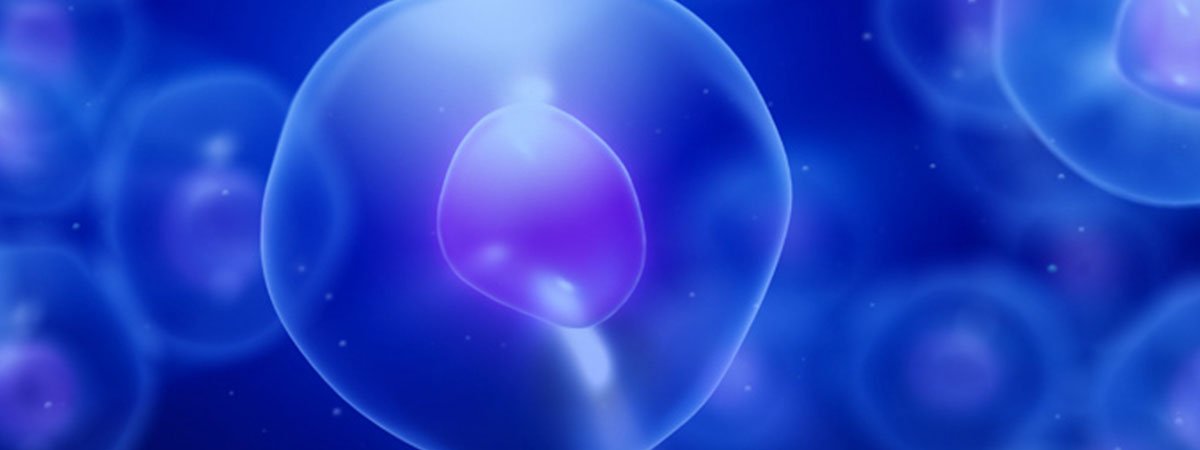M.W. Roomi, V. Ivanov, T. Kalinovsky, A. Niedzwiecki, M. Rath
Annals of Cancer Research and Therapy 2004, 12(1-2): 135-145
Abstract:
Current treatment of osteosarcoma is associated with poor prognosis, especially due to the increased risk of developing other cancers with chemotherapy. Therefore, new safe effective treatment strategies are needed. This prompted us to investigate the synergistic effect of a nutrient mixture (NS) of lysine, proline, arginine, ascorbic acid, and epigallocatechin gallate on the growth of human osteosarcoma xenografts in athymic nude mice. We also investigated the effect of NS on human osteosarcoma cell line MNNG-HOS in vitro by measuring: cytotoxicity, modulation of MMP-2 and -9, cancer cell invasive potential, and angiogenesis.
After one-week of isolation, 5-6 week old athymic male nude mice (n=12) were inoculated with 3x106 osteosarcoma cells MNNG-HOS. After injection, the mice were randomly divided into two subgroups; group A was fed a regular diet and group B was fed a regular diet supplemented with 0.5% of the nutrient mixture. Four weeks later, the mice were sacrificed, and their tumors were excised, weighed, and processed for histology. Cell proliferation was evaluated by MTT assay, MMP expression by gelatinase zymography, and invasion through Matrigel. Cells were also treated with phorbol 12-myristate 13-acetate (PMA) to study enhanced MMP expression. Results showed that the nutrient mixture (NS) inhibited the growth and reduced the size of tumors in nude mice. Furthermore, the mitotic index was decreased in the supplemented group (4-5) in contrast to the control group (12-15). The invasion of osteosarcoma MNNG-HOS cells through Matrigel was significantly reduced in a dose-dependent fashion, with 100% inhibition of invasion of MNNG cells at 50 µg/ml concentration of the nutrient mixture. No significant anti-proliferative effect by NS was seen with MNNG cells. Zymography showed dose-dependent inhibition of MMP secretion by MNNG in the presence of NS. Nutrient synergy strongly suppressed the growth of tumors without any adverse effects in nude mice, suggesting the nutrient combination has potential as an anticancer agent. In vitro studies demonstrated inhibition of cancer cell invasion and secretion of MMPs - critical parameters for cancer control and prevention.
Key Words:
Ascorbic acid, epigallocatechin gallate, lysine, Matrigel invasion, MMP, MNNG-HOS, nude mice, nutrient synergy, osteosarcoma, prognosis, proline, treatment
